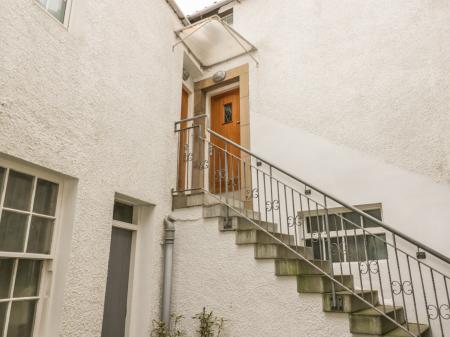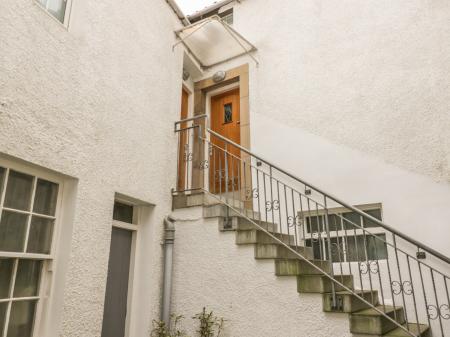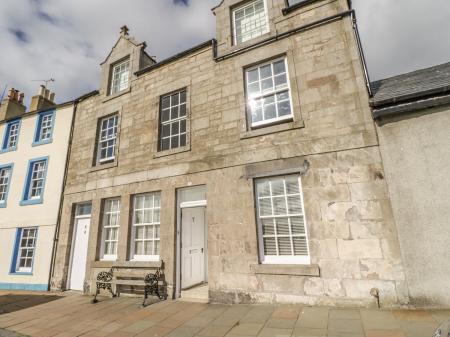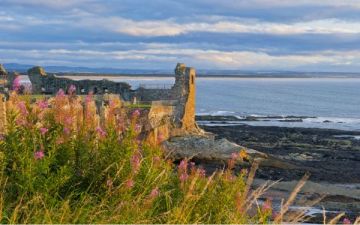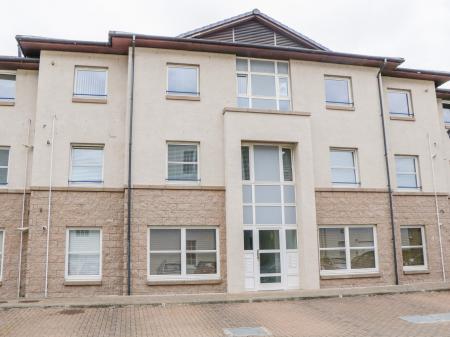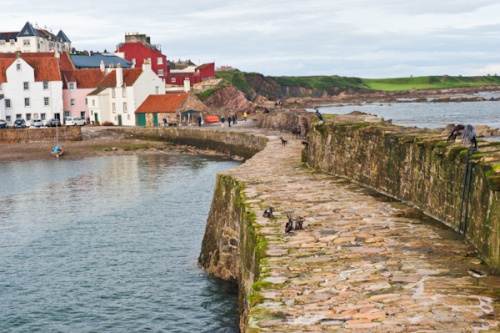
The cave was said to have been the residence of the 7th-century Fillan, who was able to read and write in the dark cave by the light of a mysterious glow emitted by his left arm. Within the cave is the Saint's Well and a small altar, still used by modern pilgrims.
An ancient stair leads up through the solid rock to the Priory Gardens, but this stair has been closed to visitors and a wrought iron gate blocks further access. There are two main chambers to the cave, which was restored in 1935. The cave is normally locked but a key can be obtained from the friendly folk at the Cocoa Tree Cafe and Chocolate Shop just up the hill on High Street (yummy chocolates for sale, too!).
The prosperity of Pittenweem was assured when the Augustinian priory on the Isle of May moved to the town, in part to escape the depredations of pirates.
The town grew up around the Priory and became such an important centre of trade that it was granted the status of a Royal Burgh in 1541. That status meant that Pittenweem had the right to trade with other countries, and the right to govern itself through a burgh council.
By 1587 Pittenweem had become the 12th richest town in all of Scotland, an extraordinary statement when you visit this attractive little town today.
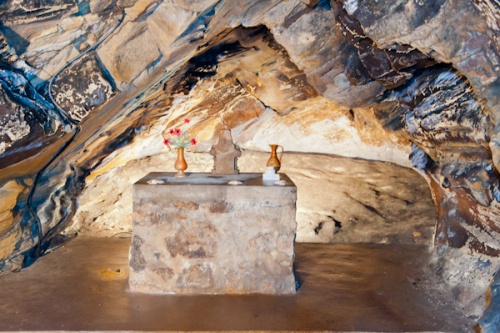
The buildings on the site of the medieval priory stand beside the library on Cove Wynd, but it is now a private dwelling and is not open to the public. The parish church was built on the site occupied by the original priory church in 1588.
The High Street terminates at the Mercat Cross, which is rather oddly built into the outside wall of the 16th century Tolbooth. The Mercat (market) cross indicates the place where markets were traditionally held (though in this case, it seems likely that the cross was moved at some point).
As a royal burgh, Pittenweem had the right to hold a weekly market as well as three annual fairs. It is interesting to note what these fairs were designed to sell; linseed and shoes were sold on 25 March (Lady Day), wool was sold at Lammas (August), and cattle could be sold at Martinmas (11 November).
The Tolbooth occupies the tower joined to the parish church. At first glance, you would be forgiven for thinking it is a simple church tower, but in fact, the Tolbooth had burgh council chambers on the first floor, and a gaol cell n the basement.
The first floor cells were the place where unfortunate accused witches were held for questioning during the 16th and 17th centuries. Local witch-hunters were not gentle, and if the old walls of the Tolbooth could speak they would no doubt tell some uncomfortable tales of those dark times.
The last known 'witches' to be held in the Tolbooth were two women accused of practising witchcraft in 1705, during one of the last outbreaks of witch hysteria in Scotland.
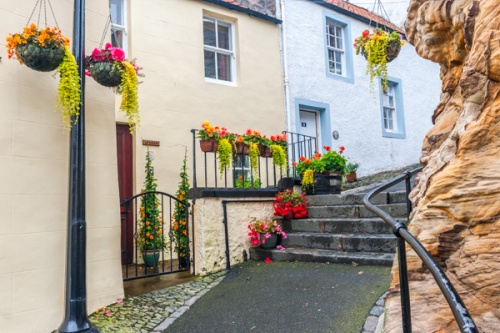
A few steps down the High Street from the Mercat Cross is Kellie Lodging, a beautiful gabled townhouse built by the Earls of Kellie from nearby Kellie Castle. The house was most famously used as a rest stop by King Charles II, who paused here on a journey to Kellie Castle in 1651 and had a meal brought to him outside the Lodging. Until quite recently the house was known as King's Halt.
At the east end of the attractive harbour is Gyles House, built in 1626 for Captain James Cook (not the famous explorer!). This Captain Cook carried Charles II to exile in France after the Battle of Worcester in 1651. Gyles House is one of a group of impressive houses built by important sea captains.
The harbour itself is home to one of Scotland's last active fishing fleets, and a busy fish market is held almost every weekday morning. The breakwaters were begun in the 16th century, with the outer pier the first to be built.
The prominent tower on the outer pier is a later addition, dating to 1864. While the east shore of the harbour is where the wealthy sea captains built their houses, the west shore is an attractive mix of smaller cottages built by the fishermen of Pittenweem.
On Routine Row a small plaque tells the story of James Stark, an exciseman who was robbed by two local men, Andrew Wilson and George Robertson, in 1736. The two men were caught and sent to Edinburgh for trial and execution. They attempted to escape on their way to execution, and the uproar prompted the outbreak of the Porteus Riots.
But such unpleasant histories seem far from your mind in Pittenweem today; it is a wonderfully scenic village, now popular as much for its scenic beauty as its annual arts festival, which draws visitors from across Britain.
Pittenweem is well worth a visit and is one of the most attractive of the many interesting villages along the East Neuk coastline.
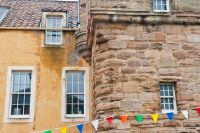
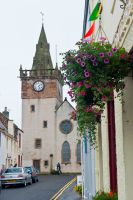
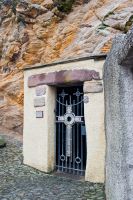

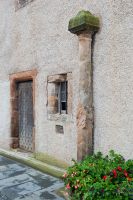
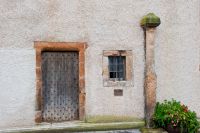
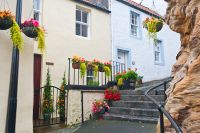
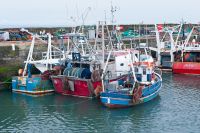
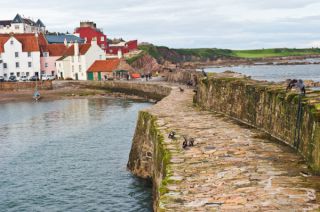
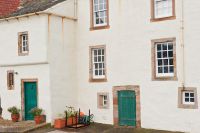
 We've 'tagged' this attraction information to help you find related historic attractions and learn more about major time periods mentioned.
We've 'tagged' this attraction information to help you find related historic attractions and learn more about major time periods mentioned.